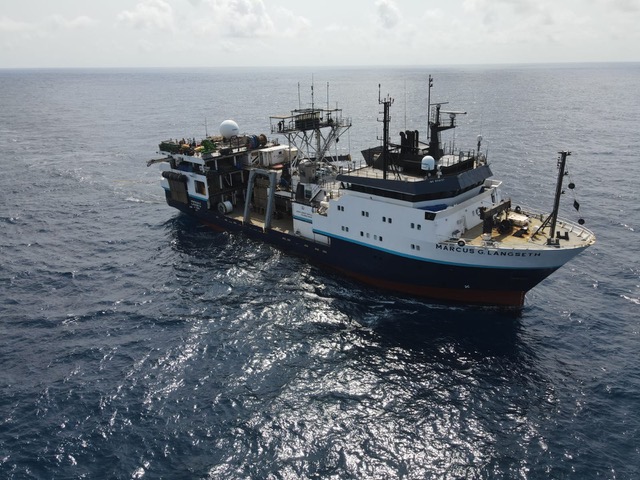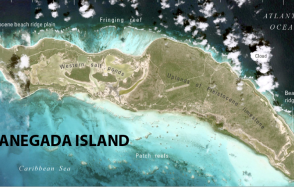Discovery of a crustal lithosphere-asthenosphere boundary (LAB) topping a large magma reservoir at Axial volcano in the Eastern Pacific
A team from the United States and Institut de physique du globe de Paris (IPGP) has imaged a crustal lithosphere-asthenosphere boundary (LAB) as the top of a large magma reservoir in the Eastern Pacific. Their work, published in Nature on 23 April 2025, opens new perspectives on crustal magma reservoirs, magma plumbing, and volcanic eruptions.

US Research Vessel Marcus G. Langseth - Office of Marine Operations, Lamont-Doherty Earth Observatory
Publication date: 14/05/2025
Press, Research
Related teams :
Marine Geosciences
Related themes : Earth and Planetary Interiors










